Meet the people behind the Instagram shops giving vintage and second-hand goods a new lease of life.
@objects.re
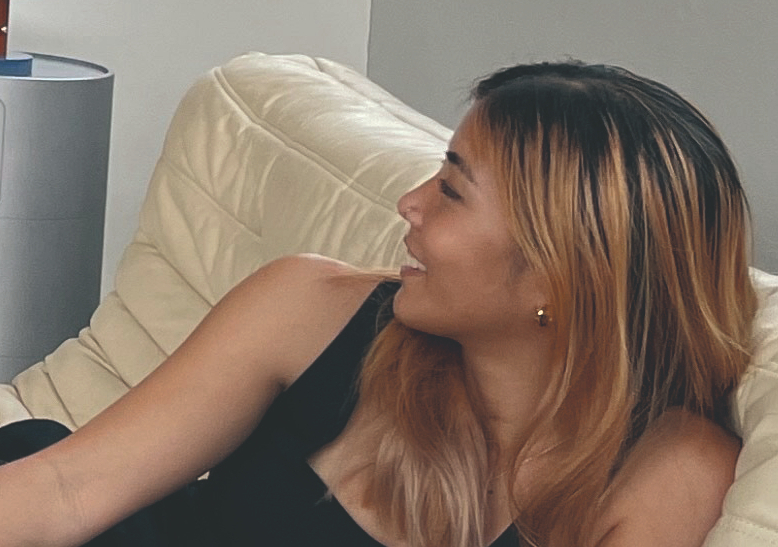
Can you tell us a bit about yourself?
I was the typical Singaporean kid whose life was more or less dictated while growing up, with tiny hints of creative inclinations here and there. I’m competitive by nature, so I scratch that itch through lots of PC gaming!
I majored in Supply Chain Management and Business Analytics (but also took a studio art minor) and worked as a Data Analyst in my first job. Then I transitioned to a UX Designer, and now I’m a Social Media Lead. My career path has been a whirlwind.
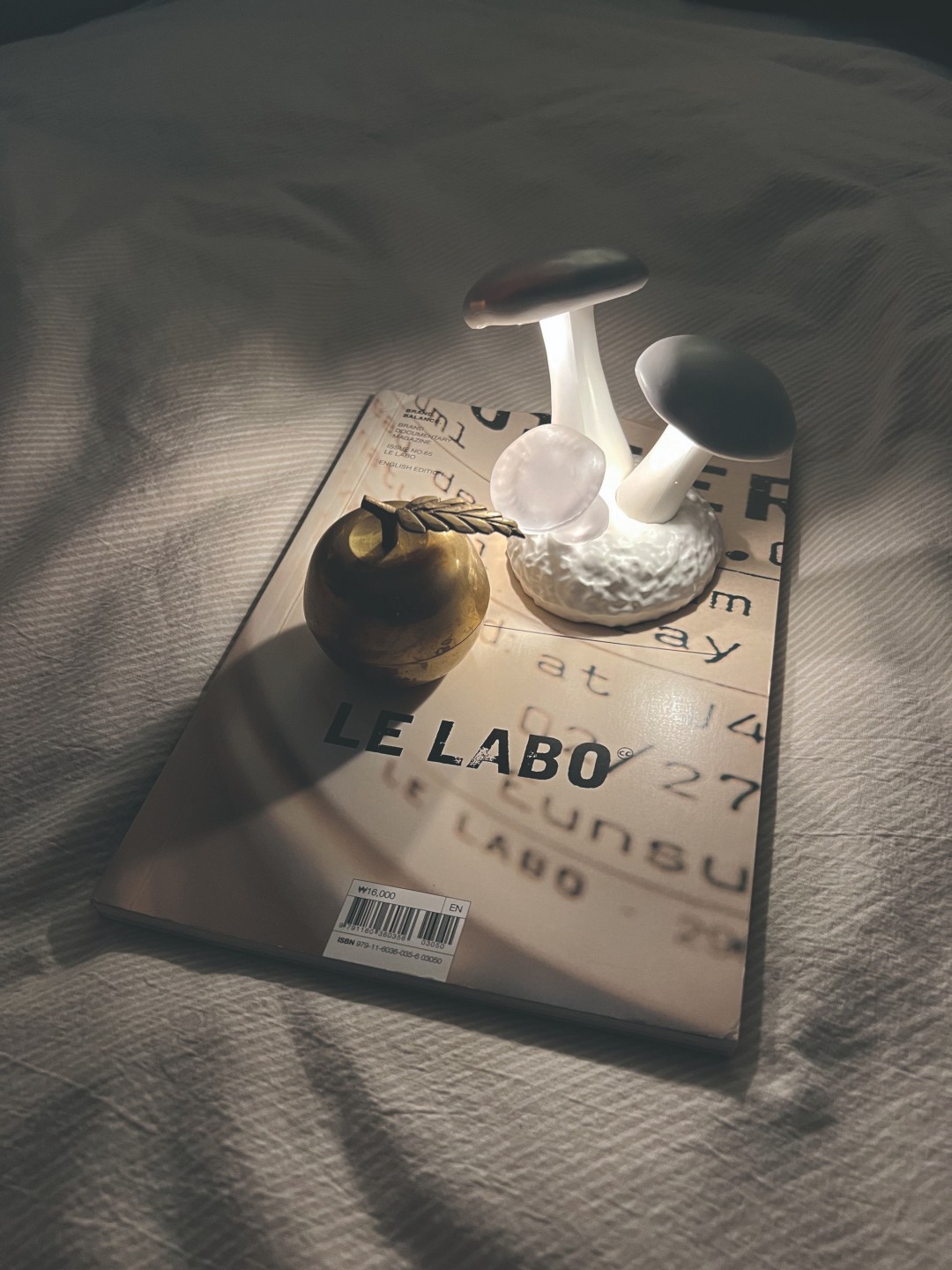
What’s the story behind @objects.re?
It’s my COVID baby. I’ve always loved thrifting for clothes and was introduced to it when I studied in the US. In Singapore, Carousell, Facebook Marketplace and Facebook groups were the only places I could find good stuff at good prices. One day, I somehow stumbled upon vintage accounts in the US on Instagram. I got inspired and the rest is history.
How did you get started?
It was daunting at first. Starting your own thing always is. But it was exciting too! I didn’t tell many people about it because I was scared of failing. Maybe I feared the embarrassment of potentially failing, but if you really think about it, no one actually cares at the end of the day.
I took the leap by announcing the launch date of my first drop, just so it would be set in stone and I couldn’t delay it any further. My first drop consisted of small objects, and I don’t think I sold anything for above $25. The profit was minimal but I thought, as long as I wasn’t losing money, it’s all good. Everything was sold out within 3 days, so that was very encouraging.
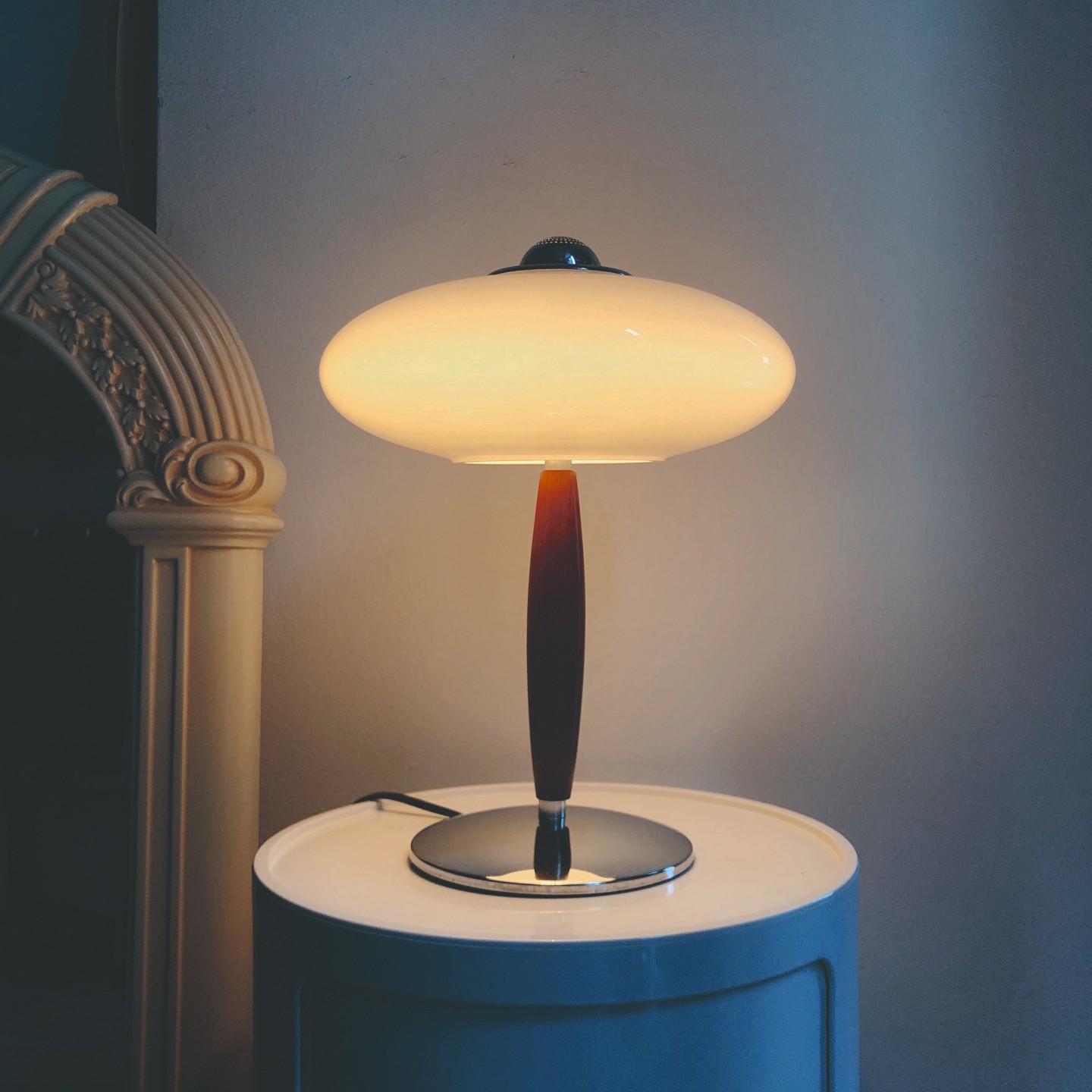
What are your most popular products?
My most popular products tend to be vintage items from IKEA, especially lamps! In general, lamps sell pretty well.
What challenges have you encountered?
Curating has been a little harder. These days, it’s normal for people to camp on Carousell and snag items as soon as they identify them to be “iconic” or “vintage.” It means more people are getting into thrifting and understanding the value of vintage items, which is always good, though it means fewer opportunities for me. So I have to get creative with what I find and change my strategy.
Pricing large furniture items in the local market has also been a process. Generally, Singaporeans don’t value designer pieces as much as our Western counterparts do.
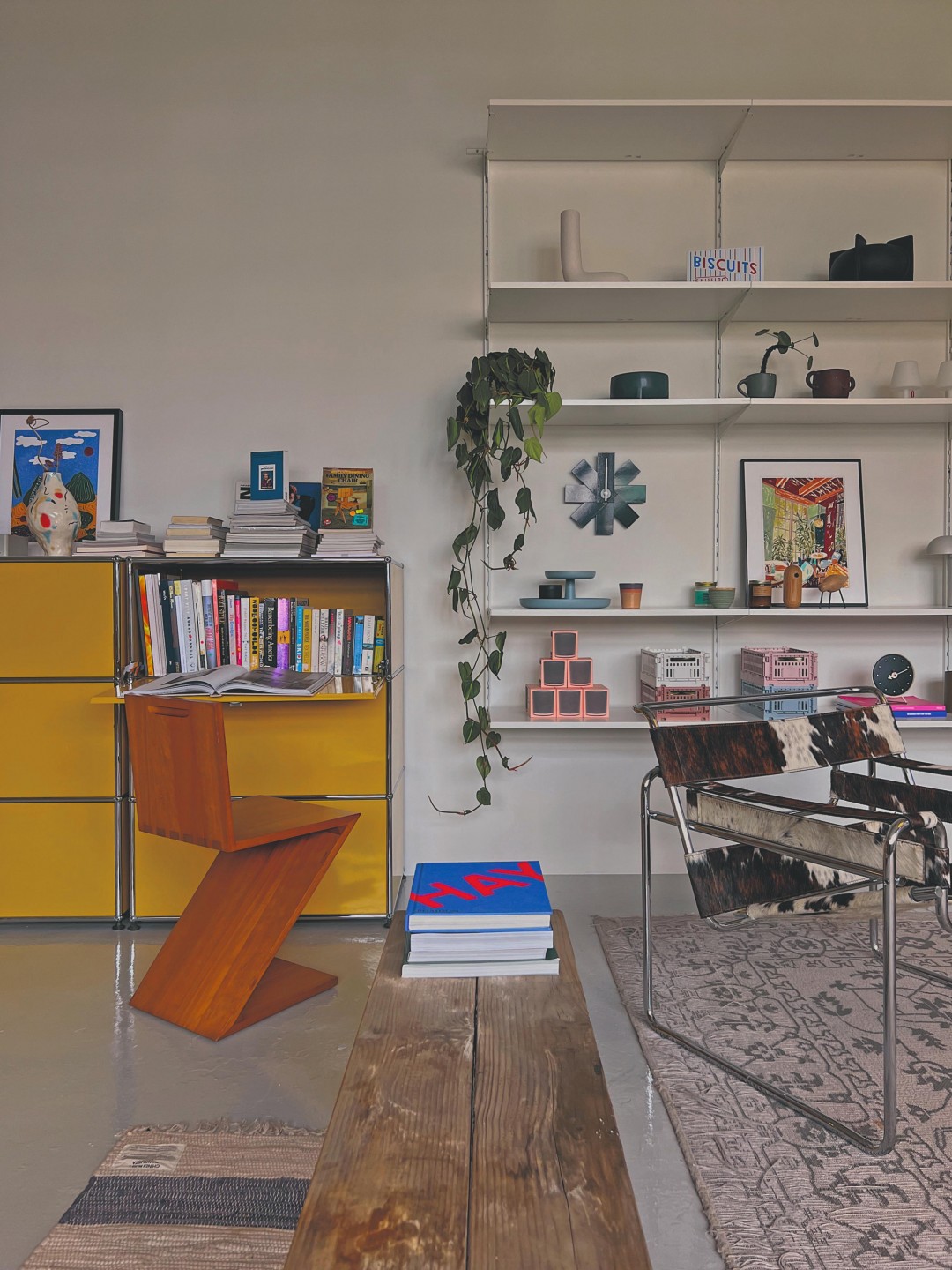
How do you go about curating your catalogue?
I love sourcing from junk! When I thrift, I look for places that are not curated because that’s where the best deals are. The downside is having to sift through lots of products quickly.
Trusting your eye for and knowledge of design is important. For example, if you are familiar with vintage console tables from the mid-century period, you can scan for specific features like wood grain, workmanship, labels, stamps and serial numbers.
More often than not, pieces don’t strike me as iconic at first glance. But if I feel I’m onto something good, I’ll take it home, do more research and find out if it’s a gem.
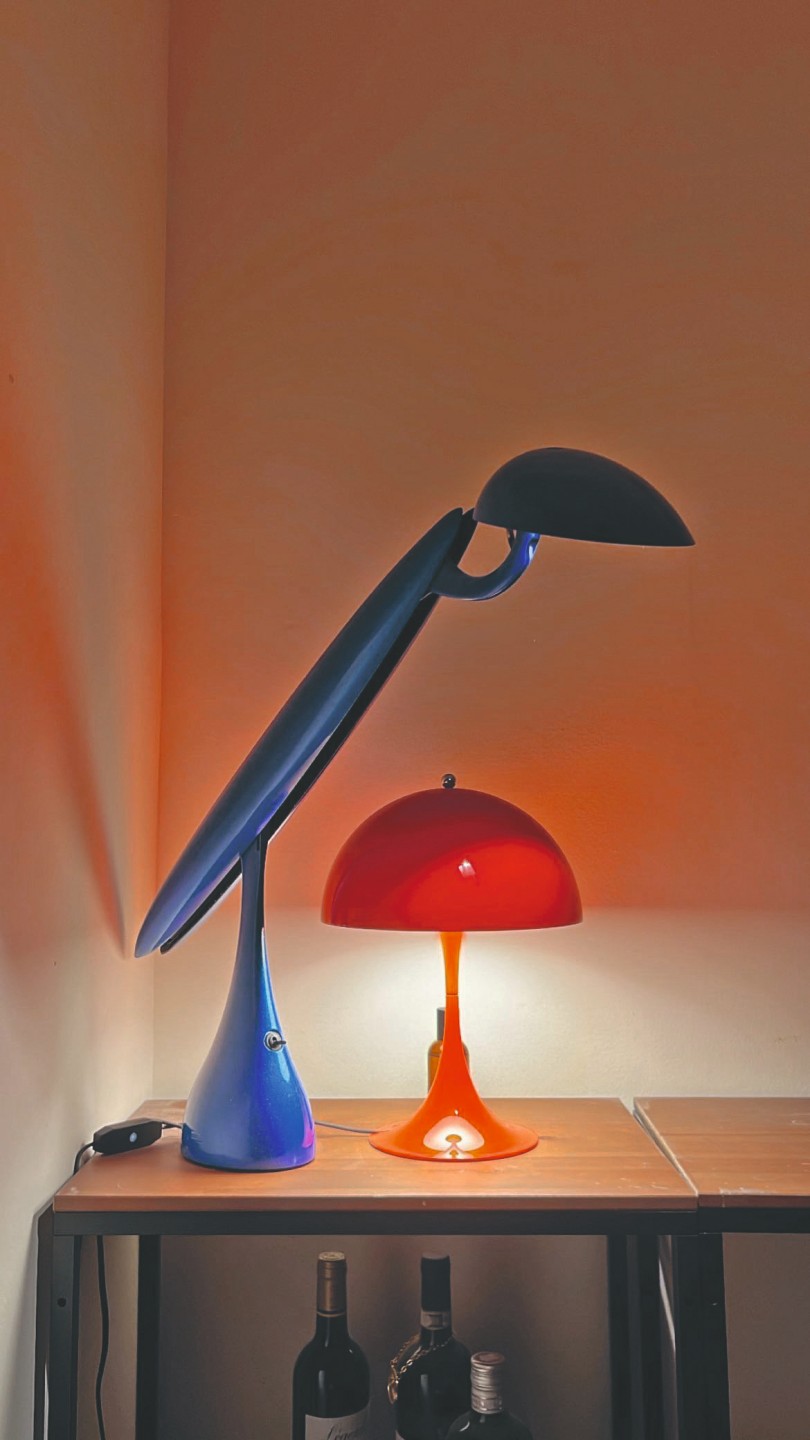
Are there specific qualities you look out for?
Quite literally, the quality of the product. You can tell when something is cheap or mass-produced. Other things I look out for are functionality and condition. I’m not skilled in refurbishing and reupholstering, so I normally deal with original makes.
What are your plans for the future of the shop?
There’s only so much I can do with reselling second-hand items, so I’m always open to learning something new. I’ve considered home staging, clothing creation, sewing curtains, interior design, set design, graphic design, branding, DIY furniture, sourcing vintage items from abroad, and offering these services to others. I can’t list them all. I enjoy trying out new things to gauge my interest and skill level. If something checks both boxes, I’ll continue pursuing it.
@peppervinthome
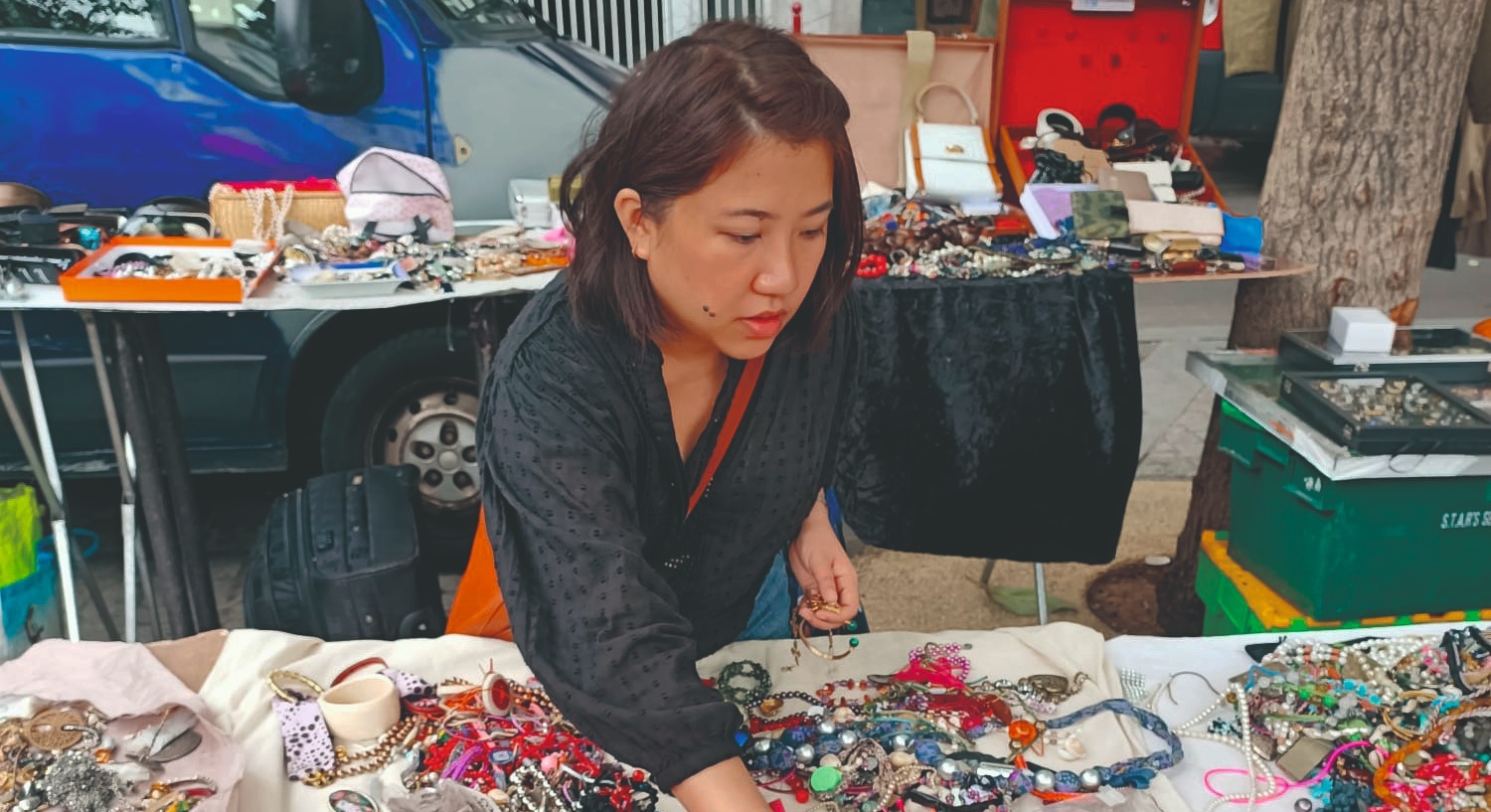
Tell us a bit about yourself.
Hi, I’m June! By day, I run my full-time business, Trove of Gaia, where I advocate for minimal to zero- waste living by offering sustainable daily essentials. I spent about eight years in the corporate marketing world before I took the leap into entrepreneurship
in 2018.
My passion for collecting vintage items began when I discovered an enamel brooch that resembled one that my late Peranakan grandmother owned, which brought back fond memories. I appreciate how vintage items allow us to preserve a sense of nostalgia, even as years go by.
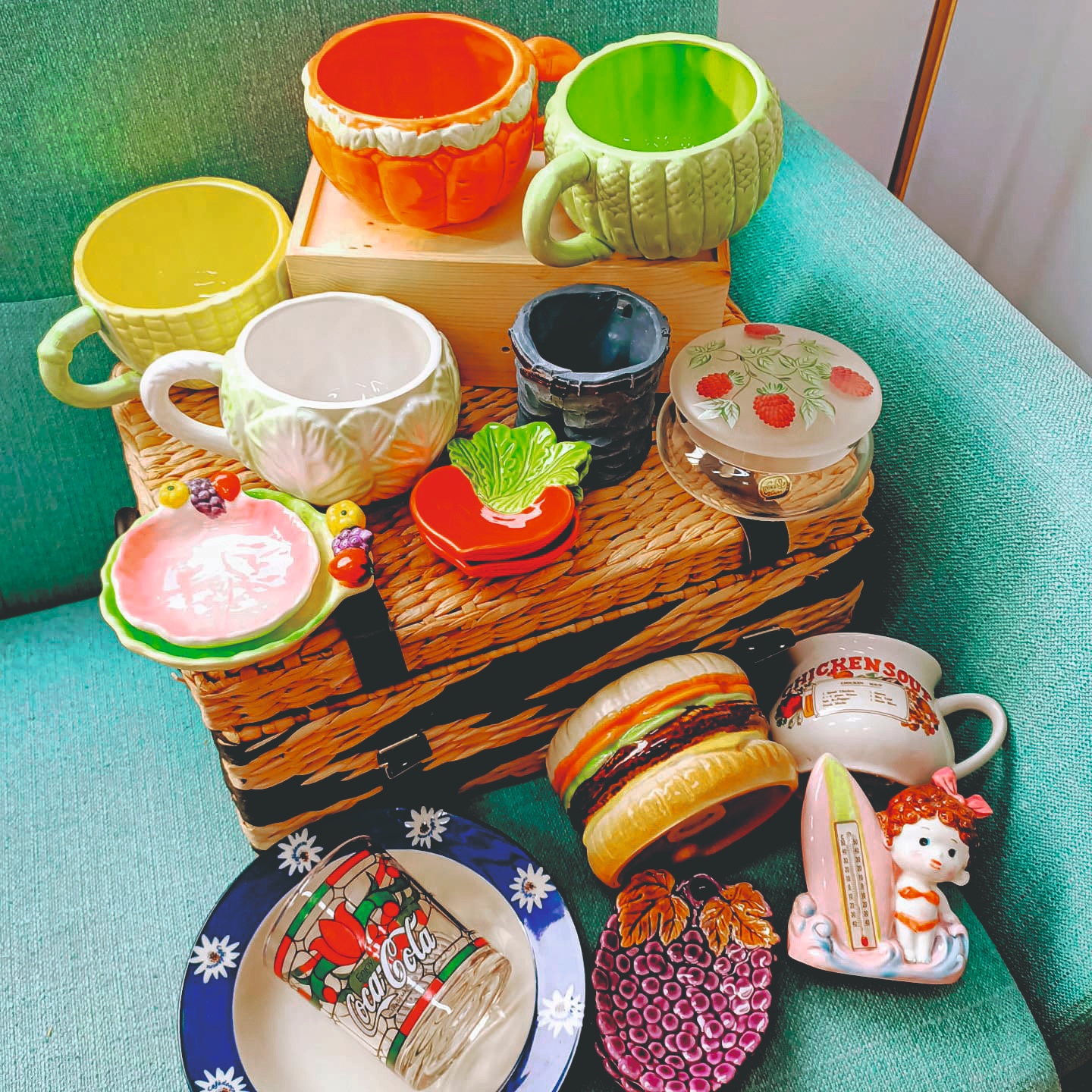
How did you get the idea for @peppervinthome?
In a world of mass production and Taobao, I really wanted my home to reflect the special things that I’ve collected during my travels, as well as my love for history and the arts. I’ve always gravitated towards markets and thrift shops in different countries, rather than going to souvenir shops.
Especially at places like estate sales, I sometimes get to hear stories about well-loved objects of the previous owners and how they have been kept in the family. These objects carry sentiments and appreciation. My clients indirectly become stewards, helping to prevent pieces from ending up in landfills and preserving dying craftsmanship.
The store’s name is a punny twist on my favourite peppermint tea, based on my little tradition of making myself a nice cup and taking a moment to appreciate each new find in my haul.
How did you get started?
It all began with a depressive streak I was facing during the Circuit Breaker in 2020. I wanted to start a personal project that would reignite my creativity and help channel anxious energy. I’m a bit embarrassed to confess that the first few drops were curated from my personal collection, which was getting out of hand in our small rental home. But it worked out for the best.
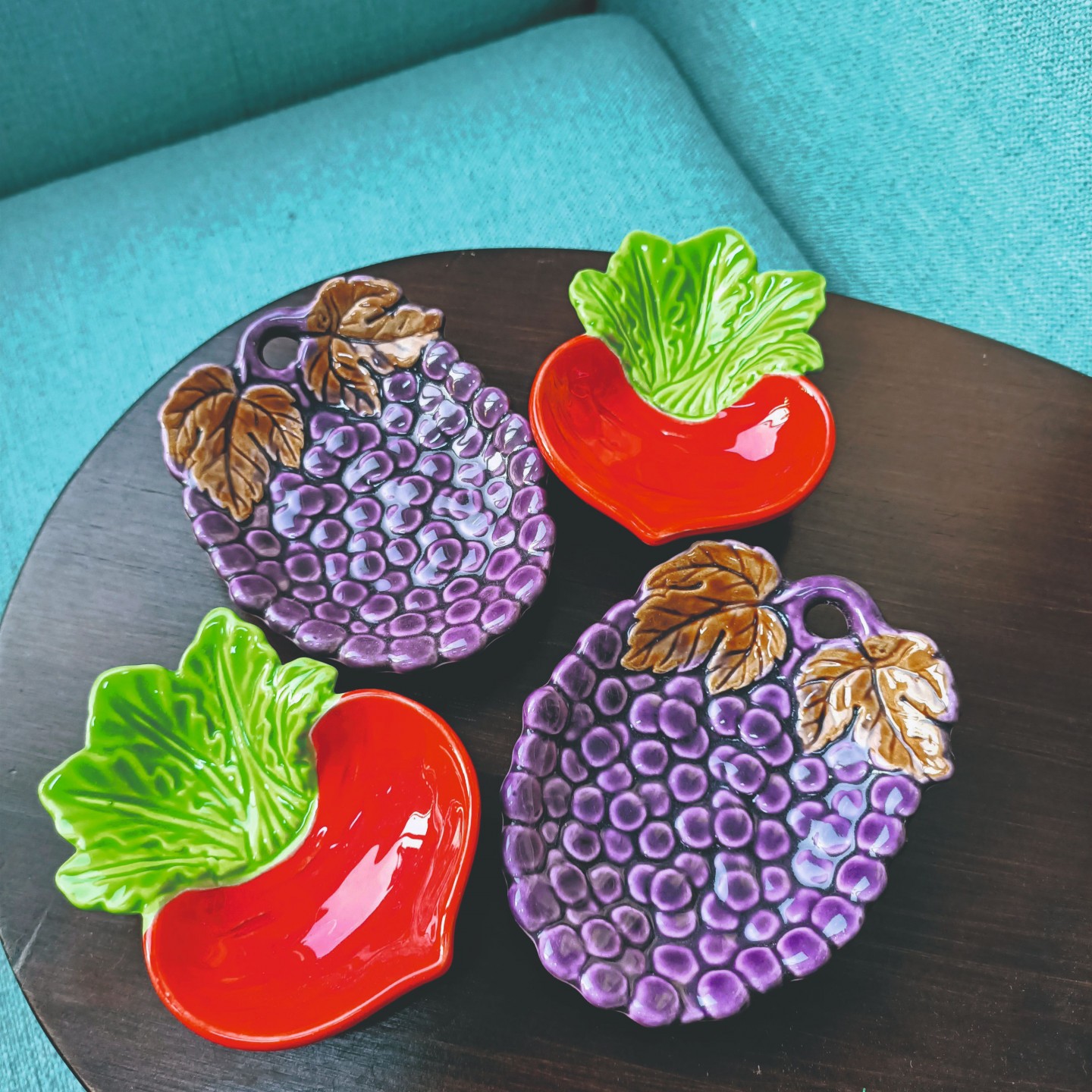
I posted on Instagram, curious about the response and eager to share my love for vintage items, only to be pleasantly surprised by the warm reception. I then began actively sourcing and curating wherever I went—something I enjoy because I feel like I’m treasure hunting.
I think @peppervinthome is a place for like-minded vintage lovers to access unique home goods when they are unable to travel.
Do you have any bestsellers?
I would say it’s glassware. I’m a big fan and I like to pick pieces that are not commonly found or locally available, like hand-blown opaline glass, carnival glass and confetti glass from Japan and Venice.
I’ve noticed that my customers love rare, country- specific items that I find on my travels, like a hand-carved Native American wedding vase or an old-world wooden globe desk bar. Items you would be hard-pressed to find in this part of the world.
There’s a growing demand for wall art too, especially vintage pieces with frames that are very beautifully crafted.
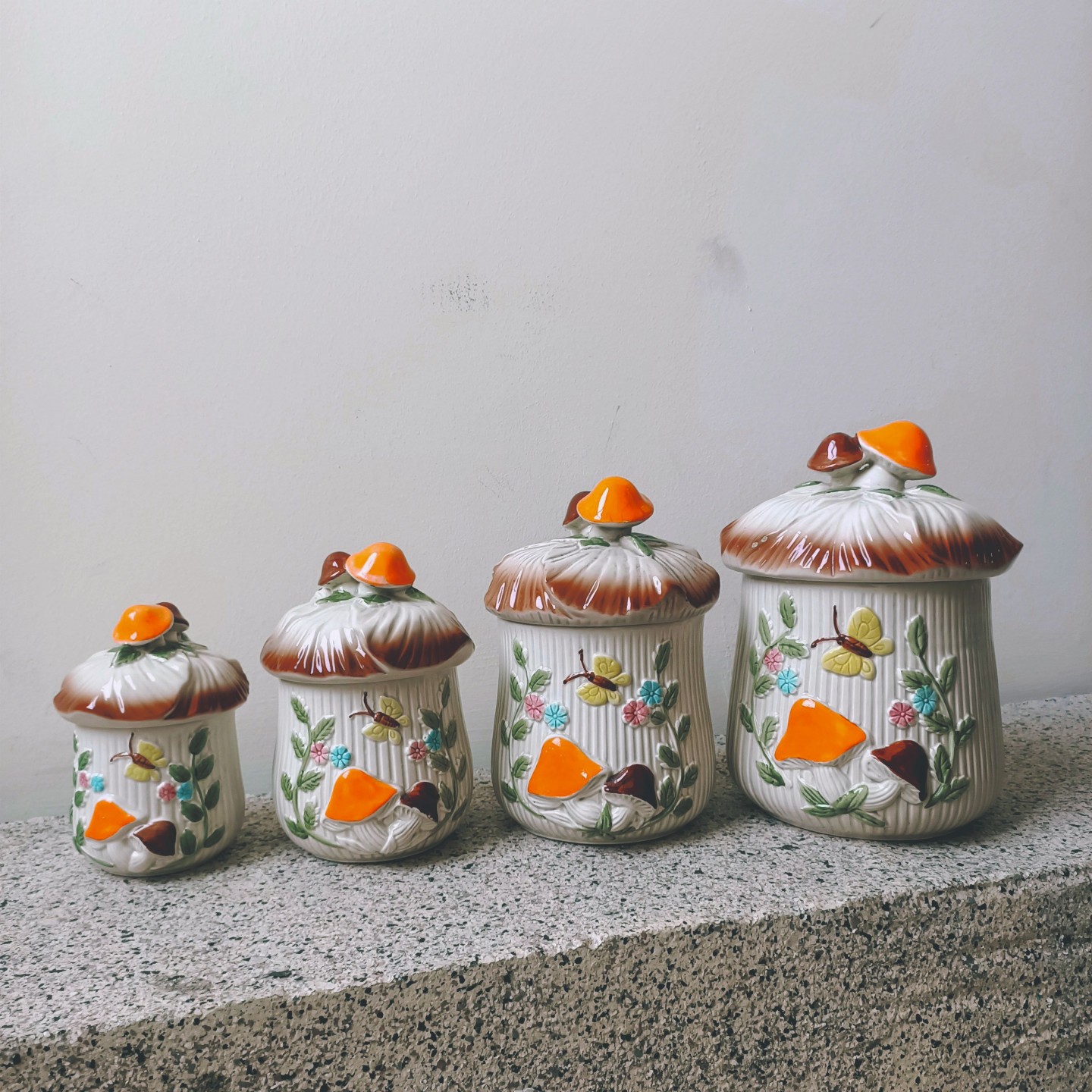
What are some challenges you’ve encountered?
I don’t really source locally because I want my curation to be international, so supply can be an issue. Also, because I like to peg a theme to each collection, it can be hard to procure enough pieces or find time to clean and retouch them.
I also have to take photos (I’m at the mercy of natural lighting), do my research, benchmark the prices and market everything before launching. It’s always a time crunch since I’m a one-woman show.
Shipping is also tricky. In my most recent shipment, comprising ten boxes from France, 20% of the items were damaged and shattered due to poor handling despite the exorbitant fees. Juggling these factors while keeping the business viable can be tough.
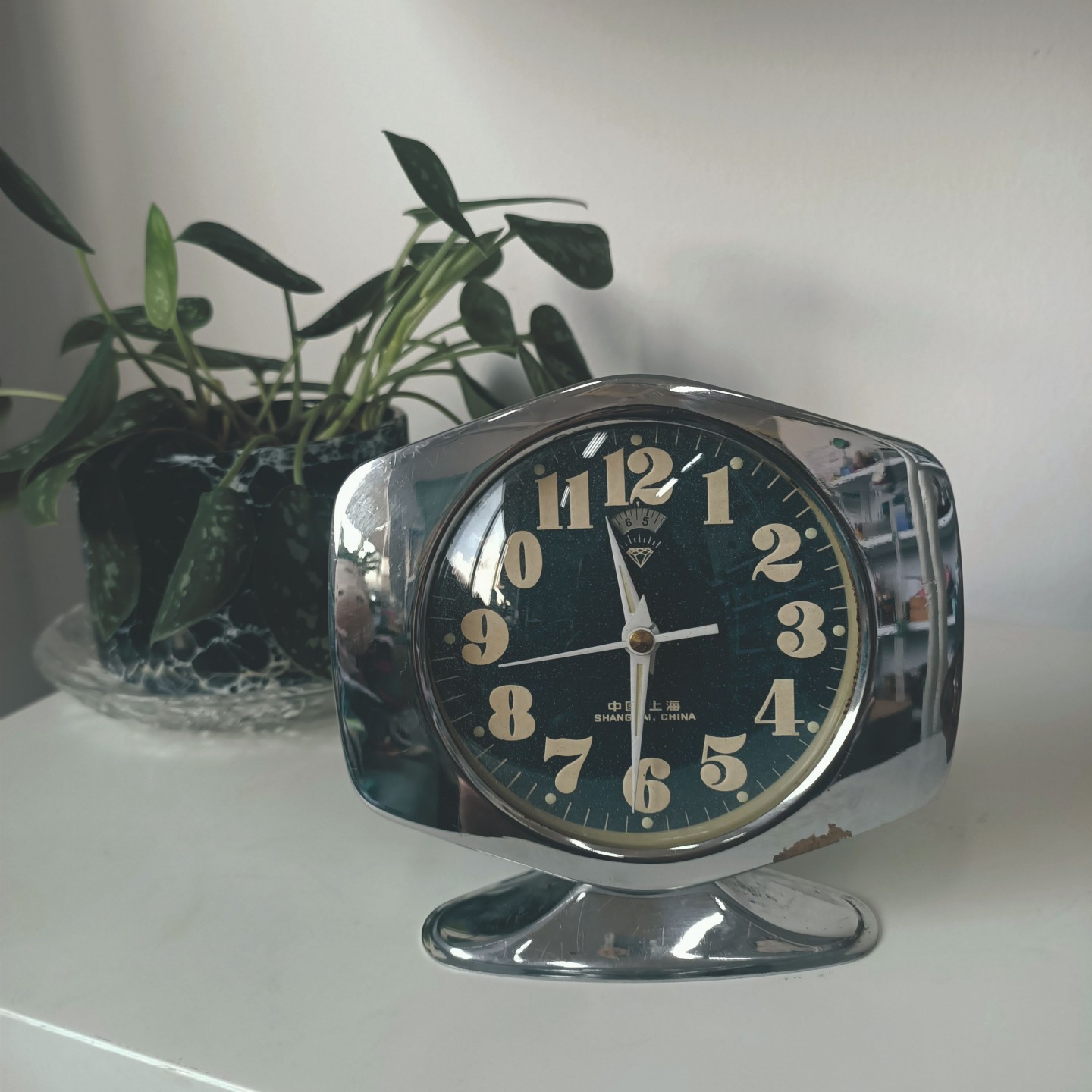
What are @peppervinthome’s plans for the future?
I’ve been getting more requests for vintage fixtures like doorknobs, lampshades and larger furniture pieces like chairs and stools, so I might look into that once I resolve the issue of storage.
@peppervinthome also has a sister page called @adashofpeppervint, which features beautiful vintage Japanese haori, handbags and jewellery. I sometimes come across gems that are just too good to pass up, so I would love to expand in this category too.
@retroscaper
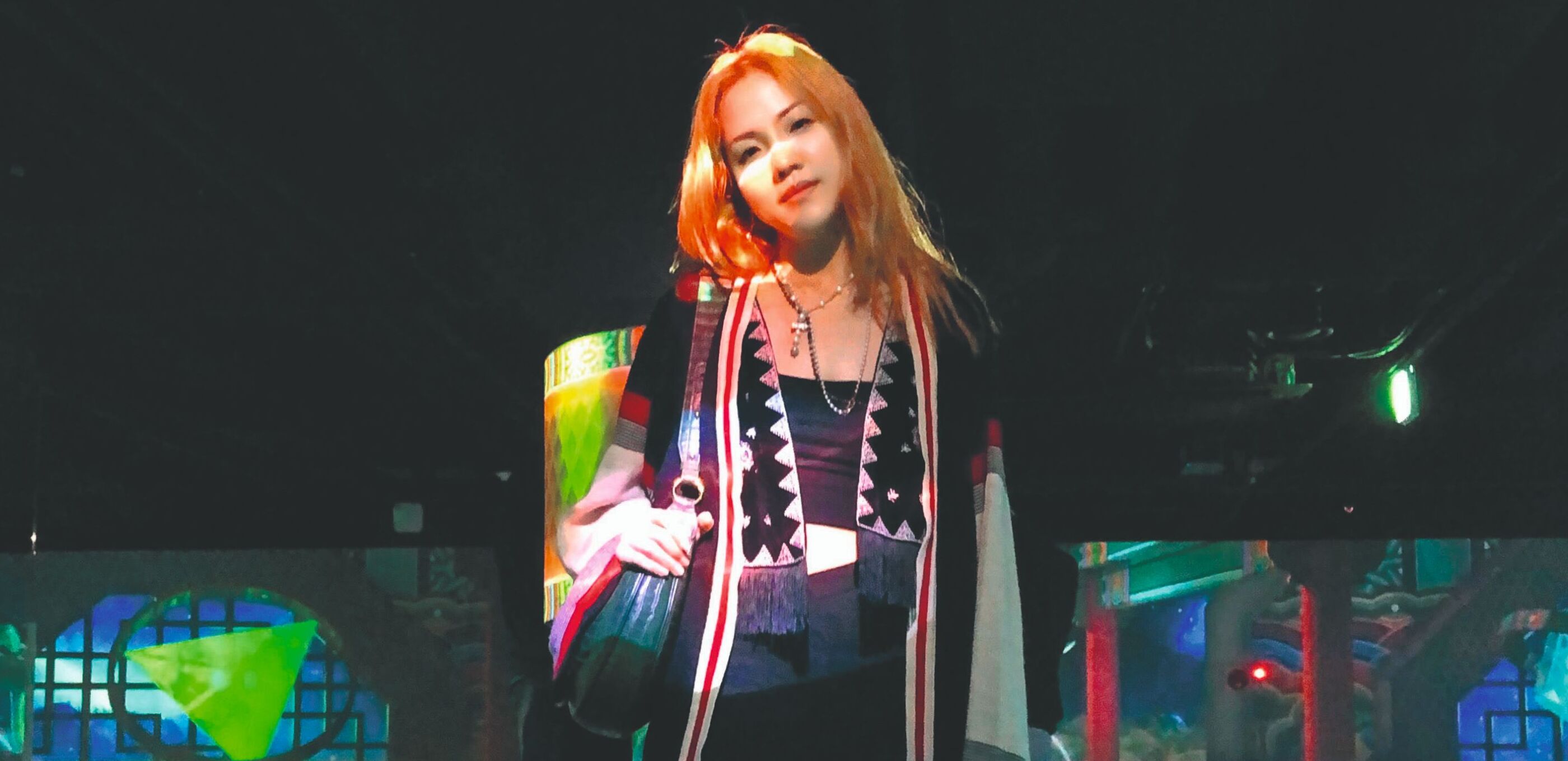
Can you share a bit about yourself?
I work in healthcare and I love creating an aesthetically pleasing environment!
I’m sure you have quite a story to tell. How did @retroscaper get started?
@retroscaper is a passion project born from friendship (it was originally started by my good friend, though I’m currently more involved), a love for beautiful things and a dose of desperation.
Working with vintage and second-hand items came quite naturally. The only new pieces we brought in were art prints and lampshades paired with upcycled vases and preloved lamp bases.
I see @retroscaper as a visual playground that encourages people to explore and build their interior style while having fun. So we’re big on the creative process. Not just selling the items but also the art of styling them.
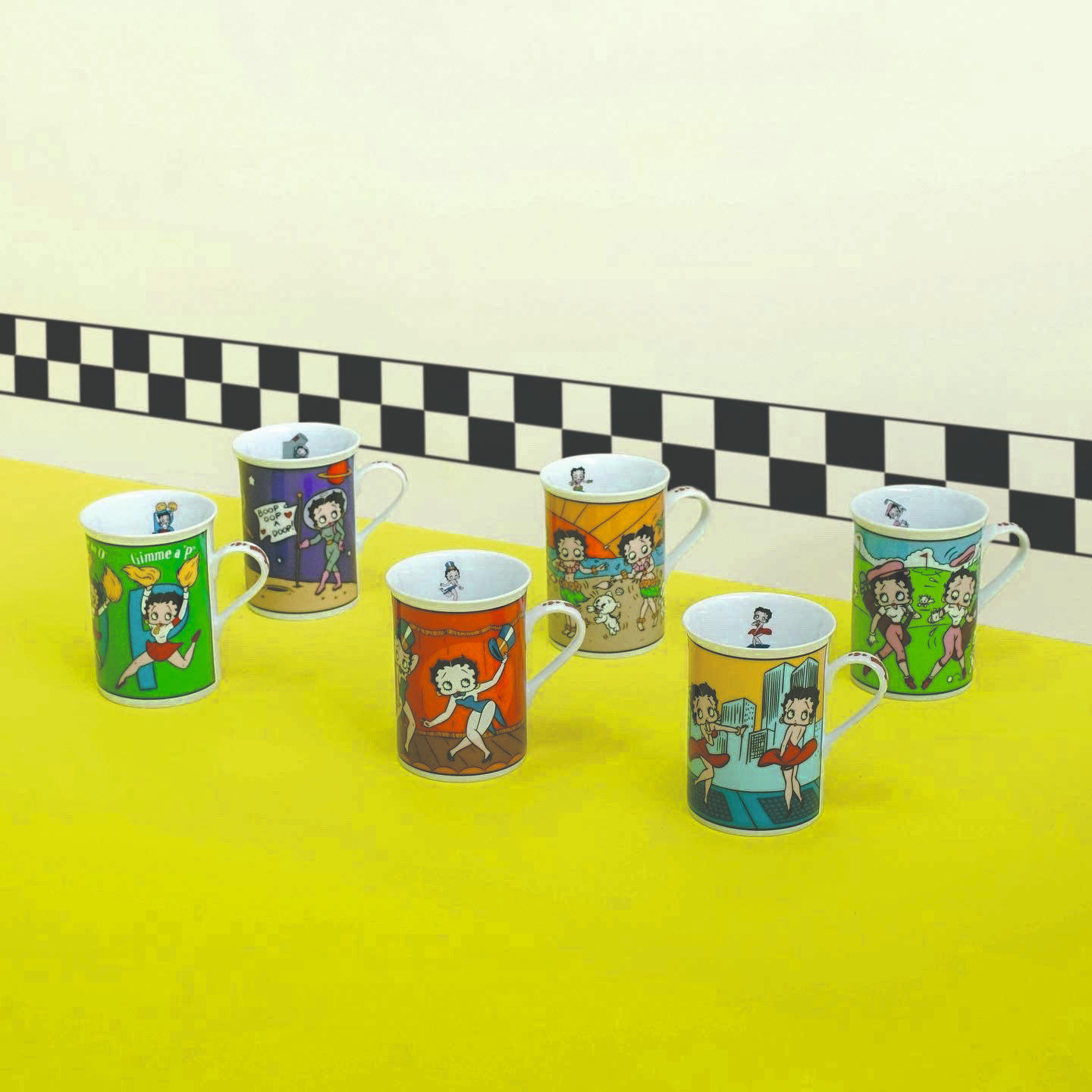
What draws you to vintage and second-hand items?
Fashion is actually my first love. Some years back, I decided to take a more conscious approach to it and that’s how I got into the world of vintage and second- hand goods.
It was around the same time that I had the chance to decorate my own room (I used to share one with my sister), so @retroscaper fuelled my home decor dreams and everything just fell into place.
To top it all off, I love learning about how designs are influenced by art movements and their evolution through the ages.
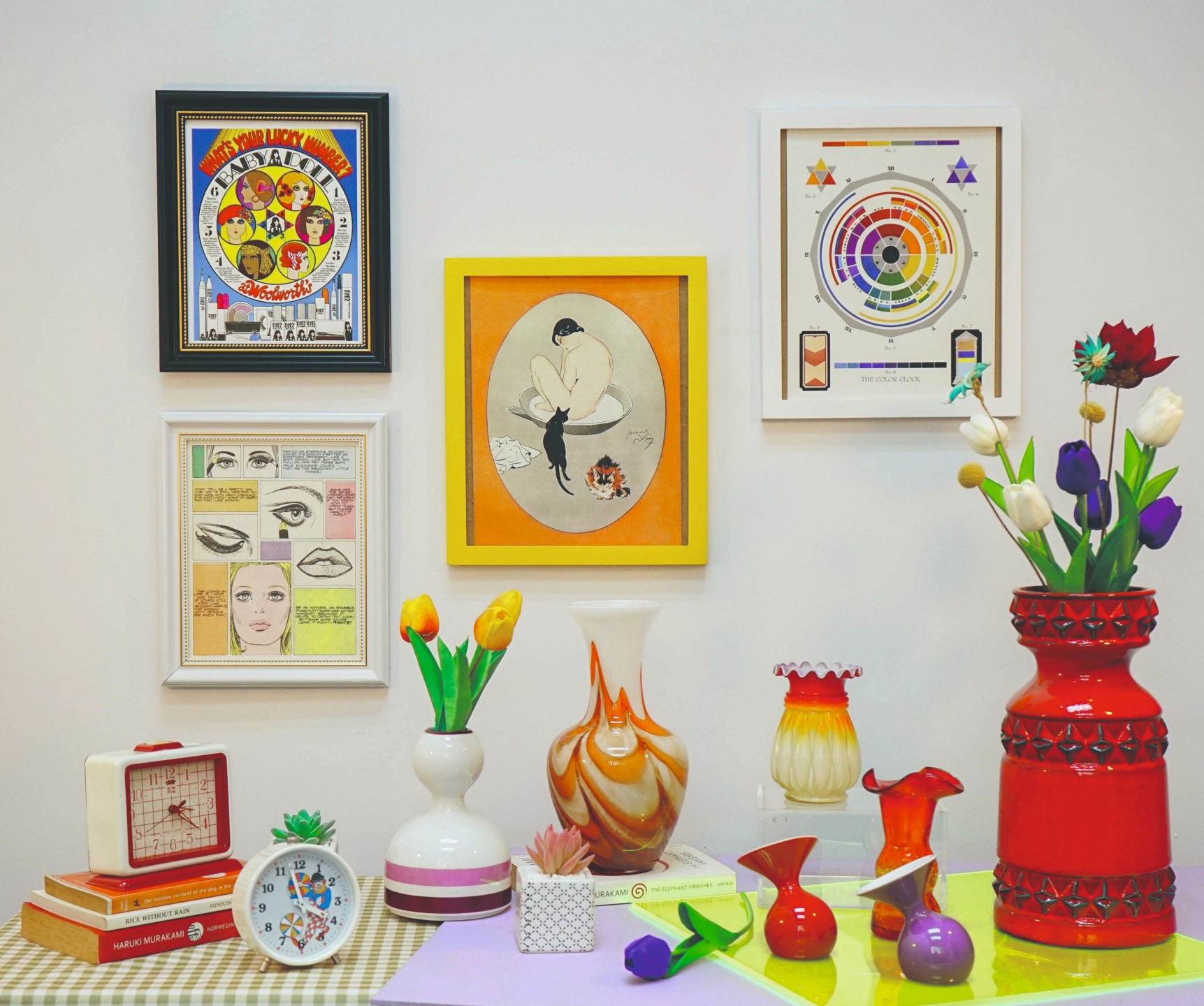
There must have been pieces that were particularly hard to let go of.
Oh boy, you don’t know how many times I have told my friend that I can’t bear to sell something or had a dramatic, bittersweet farewell when it was sold. I truly love all of the pieces and keep a few at home so I do not have to part with them.
I wish I could keep all the vintage glasses because they look so good together. The Carstens Tönnieshof vase with tulip relief has a special place in my heart too. It’s odd, unashamed and stunning all at once. I couldn’t have placed it anywhere in my room without risking knocking it over, so I decided to let it go. I’m glad someone else appreciates its beauty.
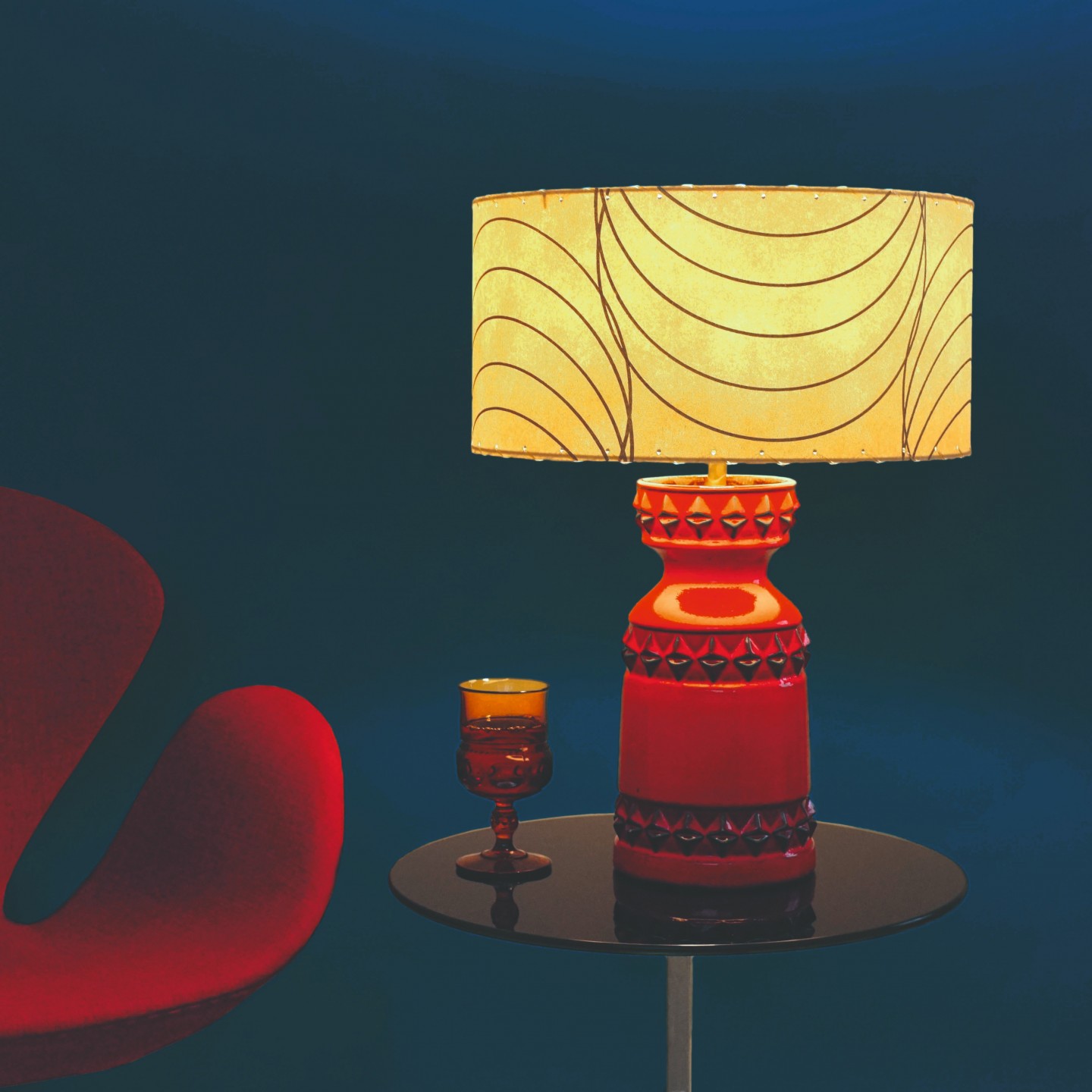
How do you curate the selection?
I have a really fluid process and I don’t look for anything very specific. I keep functionality in mind but rely heavily on how the items speak to me visually and give extra love to pieces with stories waiting to be uncovered.
At the end of the day, it boils down to how our buyers style the pieces. Sometimes, they share photos of their purchases sitting in their new homes, and it’s just amazing to see. It may be one of the greatest gifts we can receive. I’d like to collect a whole album of photos from our supporters!
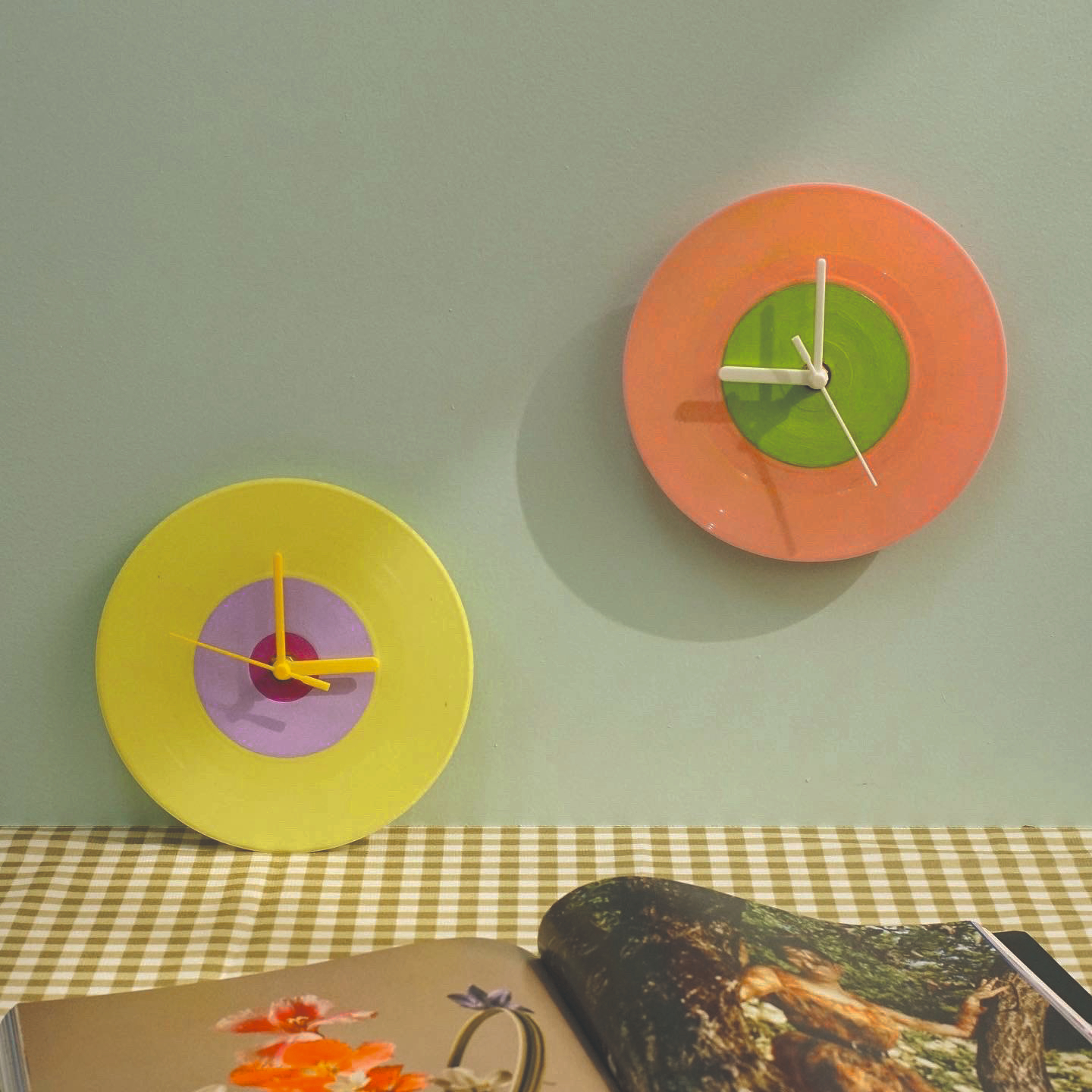
What are @retroscaper’s future plans?
I’m not exactly sure but my dream is for @retroscaper to be more than a buy-and-sell second-hand store—to also be an ode to the treasures we find, contributing to a visual history of aesthetically pleasing homes that tell a story.
I’d also say less hesitation and more action. If anything, accepting this interview is a way of pushing myself to find solutions and ensure continuity!



